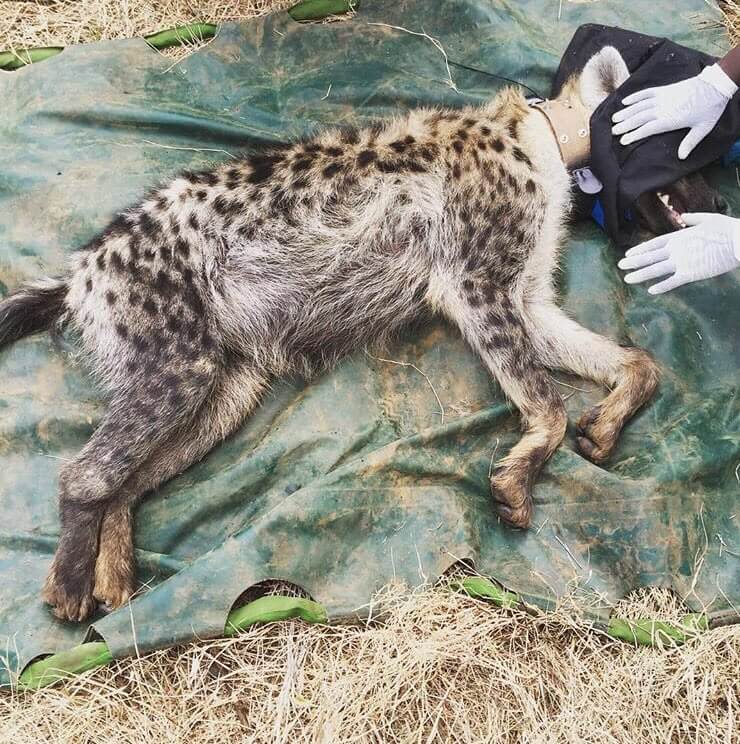In 2017, the second #Tech4Wildlife Photo Challenge officially became an annual celebration of our growing community’s innovative projects. As more people joined our challenge, it immediately became clear that this event would become an invaluable time capsule of how your work has changed over time because of conservation tech and of all we’ve achieved as a community through the years!

Biologging shined in our 2019 #Tech4Wildlife Photo Challenge. In our second annual event, we saw an incredible preview of the Icarus Initiative antenna that revolutionized animal tracking efforts from the International Space Station.
And back on the ground, we saw more tracking collars in action on African predators like these lions and hyenas.




As smaller and more effective tools evolve, acoustic monitoring has become one of our community's biggest areas of study and a huge part of each #Tech4Wildlife Photo Challenge. In 2017, we saw bioacoustics tools big and small. Check out the contrast between these two recorders!


We also saw innovative ideas like the Raspberry Pi empowering live updates on tagged sea turtles, and in addition to bat monitoring with acoustic recorders, we also saw high-tech 3D mapping of bat cave habitats.


And of course camera traps returned to the 2017 #Tech4Wildlife Photo Challenge. We saw tech deployment in action, along with the many perils of deploying tools, including creatures of all kinds making a home in your tech equipment in the field. And our community carried on a beloved #Tech4Wildlife tradition - sharing #cameratraps capturing wildlife fails!



Since our first #Tech4Wildlife Photo Challenge, your entries have reached over 1.5 million people, been featured in the New York Times, and highlighted the incredible story of how our community - and the technology you use - has evolved over the years.
Check back all this week for more highlights from past #Tech4Wildlife Photo Challenges. Read the full announcement here to find out how you can participate this year:




Add the first post in this thread.